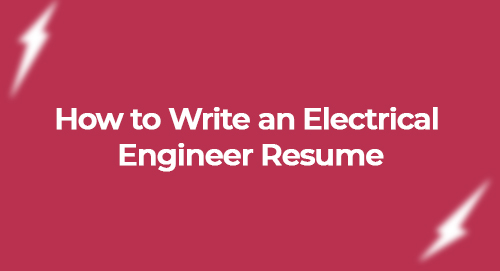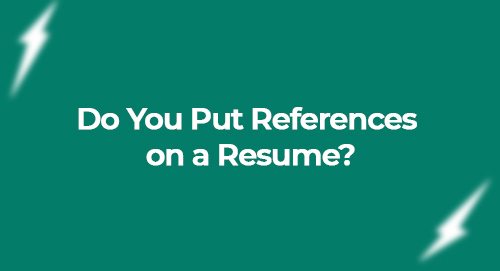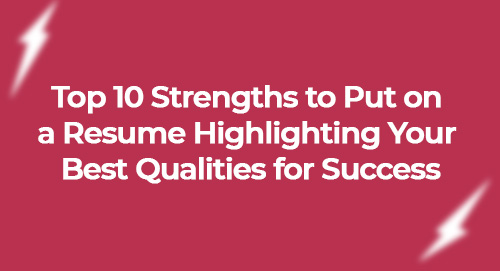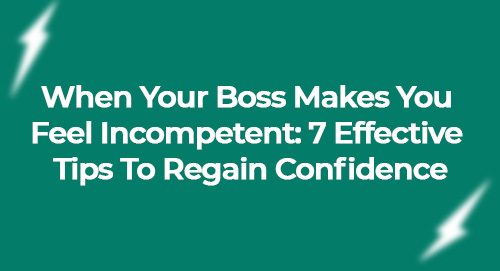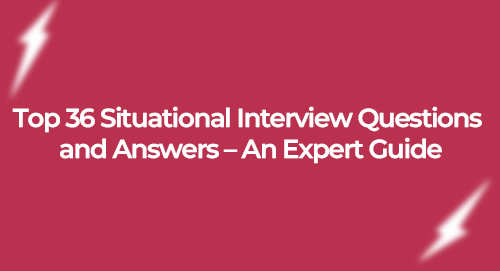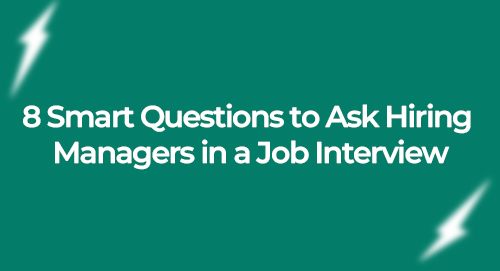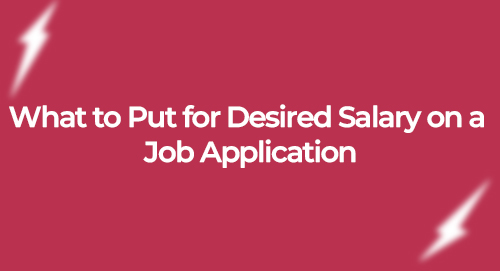Engineering CV Format | A Step-by-Step Guide
A resume is a formal written document that is used to highlight your personal details, educational background, achievements, and work experience before recruiters and hiring managers. In the competitive field of engineering, a well-written resume is crucial. It creates a good impression on potential employers and increases the chances of getting an interview.
Review Senior Engineering Manager Resume Sample
Whether you're a fresh graduate or an experienced engineer, this guide will help you format your engineering CV to present your skills, experience, and qualifications efficiently.
Review Our Extensive List of Free Job Winning Resume Examples For 2024
Choosing the Right Format for Your Engineering CV
If you want to build a resume that catches the attention of the recruiter, it’s crucial to select a CV format that showcases your strengths. The ideal CV format may vary based on your experience and the engineering position you’re applying for. However, the most commonly used formats include;
Reverse Chronological: This resume format shows your most recent experience first. A chronological CV is suitable for those with a strong work history in engineering.
Functional: Focuses on your skills and qualifications rather than your work experience, ideal for recent graduates or people making a career change.
Combination: This is the combination of both formats, allowing you to highlight both skills and experience.
For most engineering professionals, the reverse chronological format will work best as it shows your employment progression and relevance of experience.
Essential Sections of an Engineering CV
A good Engineering CV must include the following elements;
Contact Information
In an engineering format resume, this must be at the top of your and include;
- Your full name
- Contact number
- Email address
- LinkedIn profile (optional)
- Address (optional or just city and postcode)
Use a professional email address, and link an up-to-date and relevant LinkedIn profile.
Professional Summary
A brief overview section (about 2~3 lines) describing the professional experience and career aspirations of a candidate. While Professional Engineers should have this in the form of a professional summary, for fresh graduates and those looking for career changes, an objective statement may be more appropriate.
Example Professional Summary: "Experienced mechanical engineer with over 6 years of design and management experience in large-scale projects in the industrial sector. I am proficient in AutoCAD, SolidWorks, and project management, with a proven record of cutting costs while improving efficiency."
Key Skills
The technical skills and soft skills related to the engineering work that you have done should be included in this section. It is important to list this information in bullet points for clarity in your engineering cv format;
Example:
- Proficient in AutoCAD, SolidWorks, MATLAB
- Strong understanding of thermodynamics and fluid mechanics
- Experience in project management and team leadership
- Exceptional analytical skills and problem-solving
- Effective Communication and Collaboration.
Work Experience
This is the most critical section for experienced engineers. List your work experience in reverse chronological order, starting with your most recent job. This must include;
- Job Title
- Company Name
- Location
- Dates of Employment (mm/yyyy)
- Key Responsibilities and Achievements (use bullet points)
Example: Mechanical Engineer | ABC Manufacturing
Austin, USA | June 2018 – Present
- Designed and executed a new assembly line process that increased production efficiency by 25%.
- Led a team of 12 engineers in developing a new product line, reducing manufacturing costs by 30%.
- Conducted failure analysis on machinery to recommend improvements for reducing downtime.
Education
Include your educational history, starting from your latest degree.
- Degree Type and Major (e.g., Bachelor of Science in Mechanical Engineering)
- University Name
- Graduation Year
- Relevant Coursework or Honors (optional)
Example: Bachelor of Science in Mechanical Engineering
Saint Louis University, USA | Graduated: May 2017
Relevant Coursework: Thermodynamics, Environmental Engineering, Fluid Mechanics
Certifications and Licenses
Include this section to show your certifications and licenses relevant to your field. It may include professional engineering licesnses, software certificates, or other industry-specific qualifications.
Example:
- Chartered Engineer (CEng), Institution of Mechanical Engineers, 2019
- Certified SolidWorks Professional (CSWP), 2018
Projects
Include a section highlighting your work on any significant engineering project, especially that beyond your regular job responsibilities. This is crucial for the fresh graduates.
Example: Solar Energy System Design Project
- Designed a Solar Energy System for a remote village, providing sustainable power to more than 100 homes.
- Conducted feasibility studies, designed systems, and managed the installation and testing process.
Publications and Patents (Optional)
Include a section showcasing any publications of research papers, patents, articles, or an academic project you have worked on during your studies. This will increase the chances of getting an interview.
Example:
- “Advanced Fluid Dynamics in Industrial Applications,” Journal of Mechanical Engineering, 2021.
- Patent for “Innovative Heat Exchange System,” Patent No. USA1234567, 2020.
Professional Affiliations (Optional)
Include a section highlighting your affiliation with any professional organization.
Example:
- Member, Institution of Mechanical Engineers (IMechE)
- Member, Society of Automotive Engineers (SAE)
Formatting Tips for Your Engineering CV
Here are the best tips provided by our team of experts in resume services;
- Length: The ideal length for an engineering CV would be one or two pages, according to experience.
- Font: Use a professional and readable font type such as Arial, Times New Roman, or Calibri. Font size should range from 10 to 12 point size.
- Margins and Spacing: Margins must be of the standard size of 1 inch. Provide white space between sections for readability and clarity.
- Bullet Points: Use key bullet points to break up text; it will help make your resume scannable.
- Consistency: Follow the formatting of headings, dates, and bullets in the same manner throughout.
Customizing Your Engineering CV
Customize your professional resume for each job position. Only highlight those skills and experiences that best fit the description of the job being applied for. Using the words given in a job posting, incorporate as many of the job keywords as possible to maximize your chances of getting through applicant tracking systems.
Common Mistakes to Avoid
- Typos and Grammatical Errors: Avoid typos and grammatical errors as they give a bad impression; therefore, proofread your CV carefully.
- Overloading with Technical Jargon: In addition to showcasing technical ability, it is important to remember that your resume should be readable by those who do not have a technical background.
- Including Irrelevant Information: Keep your CV focused on information that is relevant to the job you're applying for.
Conclusion
A good engineering CV can open several new windows in terms of opportunities that an individual may have in their career. Our resume writing services can help you create a top resume that can highlight not only technical skills and experiences but also present the candidate's image in a better way as a candidate. Remember to customize your CV for every job, and don't forget to update it from time to time on the process of your career building.


